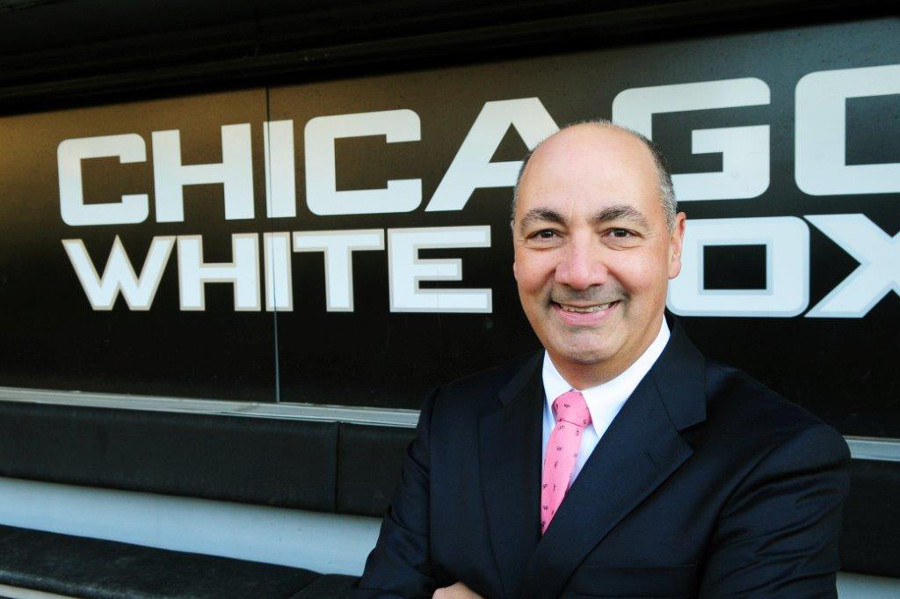Charles Bush- Joseph, MD, an orthopedic surgeon at Midwest Orthopaedics at Rush in Chicago, discusses reimbursement for outpatient orthopedic surgery and where independent practice is headed in the future.
Question: How has reimbursement changed for orthopedic surgery in ASCs over the past five years? Where do you see it headed over the next five years?

Dr. Charles Bush-Joseph: We've seen downward pressure from most commercial payers and an exclusively case-rate approach as opposed to itemized billing for surgical facility and equipment fees.
Q: What are the biggest opportunities for orthopedic surgeons to get involved in new practice and payment models to stay independent in the future?
CBJ: You must have an element of price transparency coupled with quality and value. We have to do a better job in allowing price visualization to a larger segment of the pubic. Patients will have the ability to discriminate in choosing their provider networks based on quality, location, reputation and price. In Illinois, some carriers are identifying hospital systems as tier one, tier two and tier three providers. Tier one providers will have lower co-pays and out-of-pockets costs. Tier two and tier three providers will have higher out-of-pocket costs, thus patients will become much more price sensitive. Finally, we need to be innovative in attracting patients with ideal locations, electronic communication and bundled payment contracts.
Q: What uncertainties about healthcare or your practice keep you up at night?
CBJ: Our biggest fear is getting access to patients. This is of greater concern than reimbursement for many in areas where healthcare consolidation has occurred. Prices are coming down to a point and if you are driving prices down too low, the quality will be questioned. Patients are more willing to pay for quality if they have some control over how quality is measured. Patients' perceptions of quality have more to do with friendliness or timeliness rather than quality of care.
We also fear the current trend of public reporting leads to public misperceptions of quality. Public sites like Pro-Publica list complication rates without the level of risk adjusting necessary to give a true picture of quality and ability. As we practice at a downtown medical center, we provide high levels of care to the high risk patients with multiple co-morbidities that are referred out or shunned by those in community practice. The public would not be well served if all of medicine is forced to "red-line" patients to minimize complications.
More on orthopedics:
Orthopedic surgeon to know: Dr. John Albright of the University of Iowa Hospitals & Clinics
Dr. John Ayres joins Oswego Health's Advanced Orthopedic Group: 4 notes
AAHKS appoints Dr. Chris Dangles AMA delegate: 5 things to know


